Shenzhen Baoan International Airport ( Chinese:深圳宝安国际机场 ) is located in Baoan District, Shenzhen, China, 32 km from Shenzhen City.
Shenzhen Airport was officially opened to air traffic in October 1991. On September 18, 2001, Shenzhen Huangtian International Airport was officially renamed Shenzhen Baoan International Airport.
The airport covers an area of 5931 acres / 24 km², the terminal area is 111 acres / 450000 m², and there are 2 runways. The passenger traffic at the airport in 2019 was 49.3 million passengers. The total number of routes exceeds 180, and there are more than 130 navigable cities.
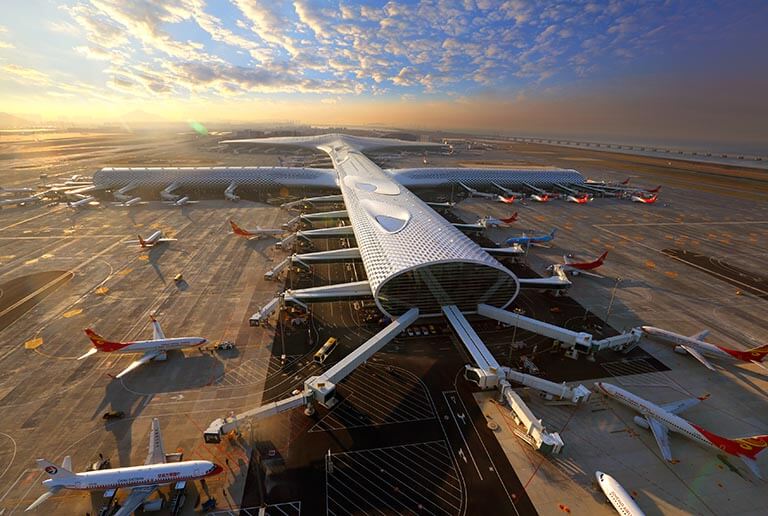
History
Planning
- In March 1984, China began a feasibility study on the construction of Shenzhen Airport.
- On May 21, 1987, the Chinese government approved the construction of Shenzhen Airport.
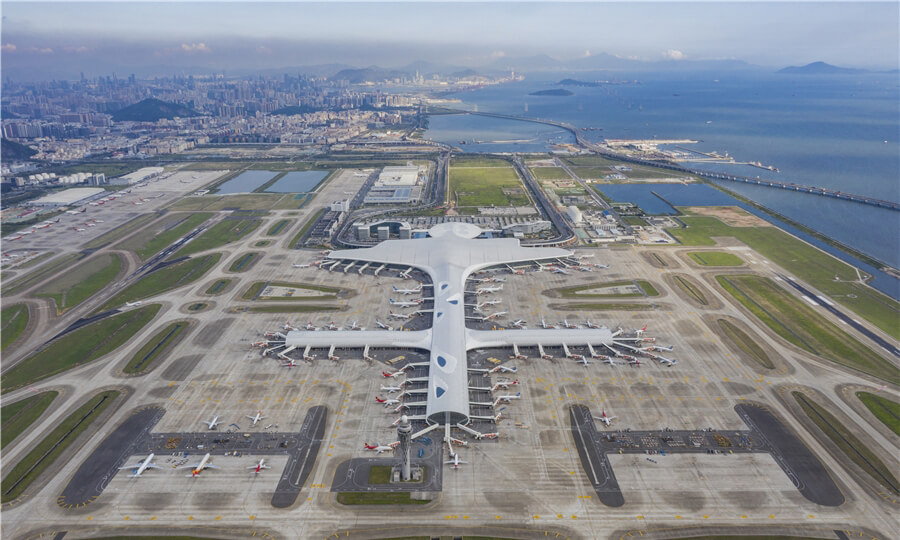
Construction
- On May 20, 1989, the construction of Shenzhen Airport officially started.
- On July 8, 1990, the terminal building officially started. On December 28, the topping-out ceremony of the terminal building was held.
- On September 25, 1991, the Shenzhen Airport flight test was successful.
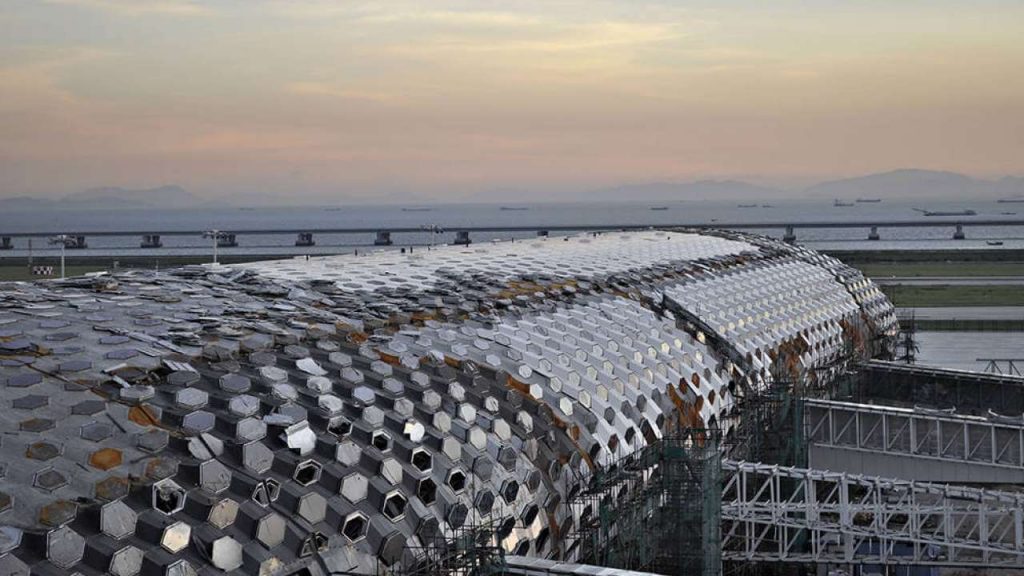
Operation
- On October 12, 1991, Shenzhen Airport was officially opened to air services. The then Chinese Premier Li Peng attended the opening ceremony.
- On January 12, 1993, the sea passenger route of Shenzhen Airport made its maiden voyage. On May 16, it officially became an international airport. On December 28, the airport interchange project was completed.
- On September 18, 2001, Shenzhen Huangtian International Airport was officially renamed Shenzhen Baoan International Airport.
- In January 2004, Shenzhen Baoan International Airport completed the reconstruction and expansion project of Terminal B.
- On June 2, 2008, the expansion of the south apron of Shenzhen Baoan International Airport was completed, with 82 seats at the airport.
- On July 26, 2011, the second runway of Shenzhen Airport was officially opened.
- On November 28, 2013, the new Terminal 3 was officially opened, and the runways of Terminals A and B were officially closed.
- In 2016, China’s “13th Five-Year Plan” clearly upgraded the positioning of Shenzhen Bao’an International Airport to an “international hub airport”.
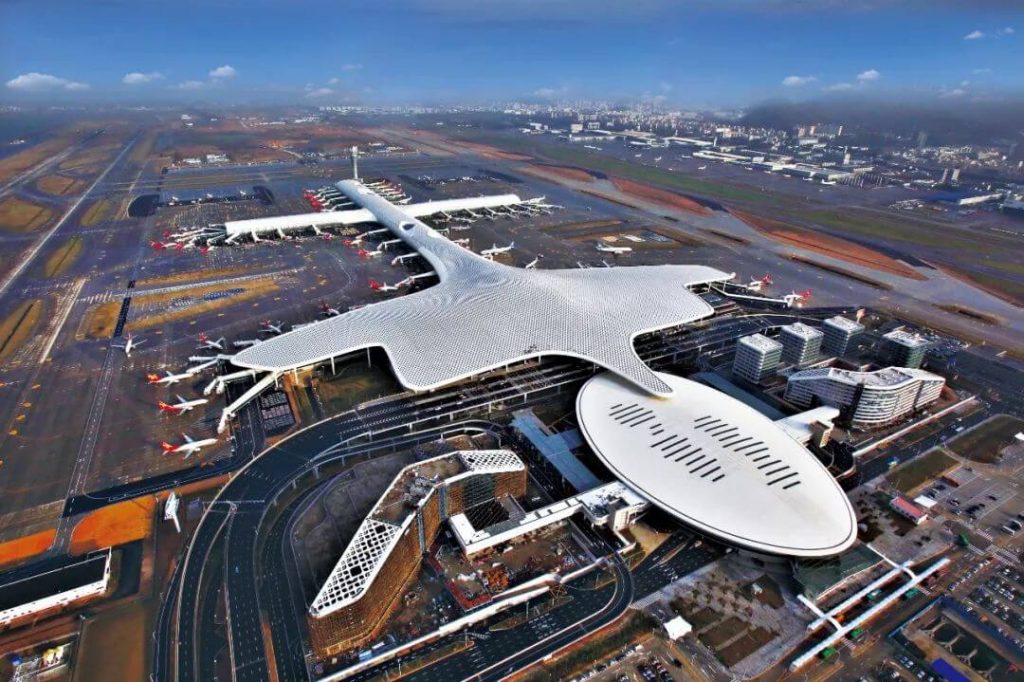
Main building
Shenzhen Baoan International Airport currently only operates a single Terminal 3, which is also used by all airlines for domestic and foreign routes.
Retired old terminal
The total construction area of the old terminal building is more than 38,000 square meters, and the terminal building is divided into three floors.
In October 1996, the Shenzhen Airport Terminal Building Expansion Project laid the foundation. On October 12, 1996, the Shenzhen Airport Terminal Building Expansion Project started. In December 1998, Terminal 2 was completed with a construction area of 70,000 square meters.
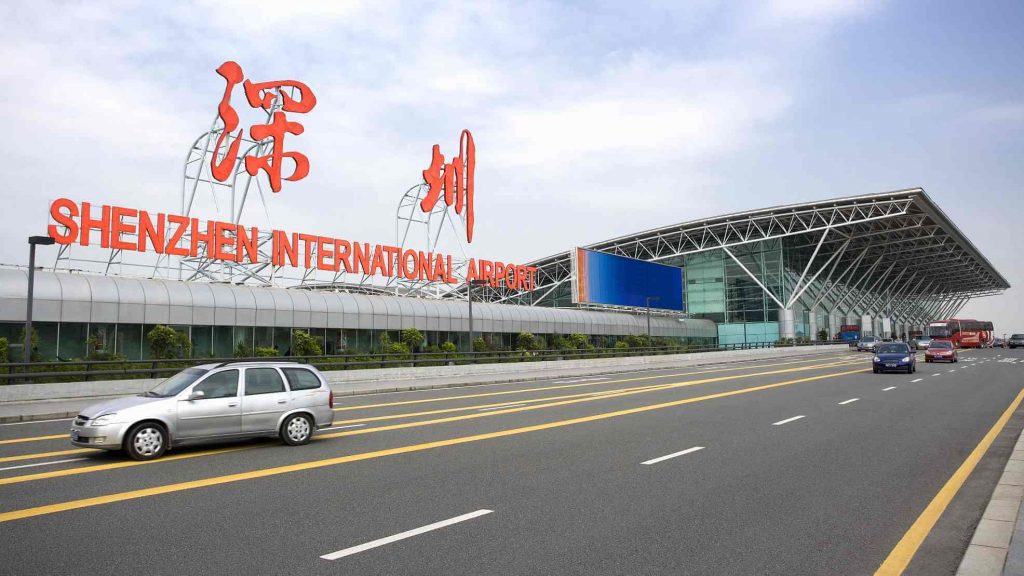
In 2003, Terminal 1 was closed for renovation and expansion. It was reopened in January 2004. The area was expanded from more than 30,000 square meters to more than 70,000 square meters, and it was renamed Terminal B and Terminal 2. The station is named Terminal A.
In 2011, Shenzhen Airport opened the corridor between Building A and Building B (Building C) and the temporary international terminal building (Building D) on the north side of Terminal A to meet the needs of increasing international passenger flow.
On November 28, 2013, the new Terminal 3 was put into use, and the A, B, and D terminals were officially closed.
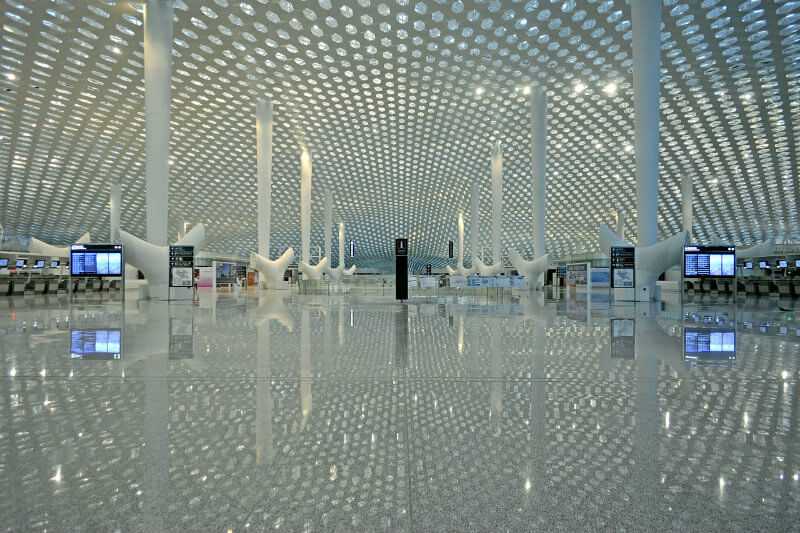
Current Terminal 3
Shenzhen Airport Terminal 3 is the only terminal currently in use at Shenzhen Airport, with a construction area of 111 acres / 450000 m², which is three times the total area of the original terminal A, B, and D, and has 77 seats in total.
The construction of Terminal 3 started on February 25, 2010. The main project was completed at the end of November 2012 and was put into use on November 28, 2013.
The T3 terminal building is divided into three parts: the main building, the wing corridor and the corridor.
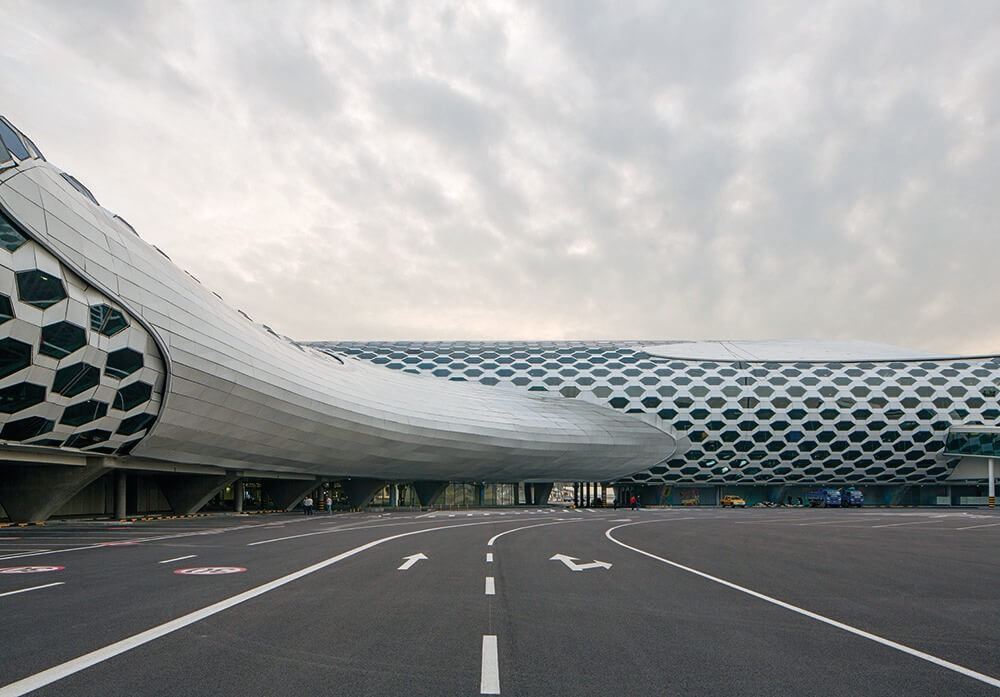
The main building has 5 floors above ground and 2 floors underground:
- Floor 1 is the inspection hall for international inbound passengers.
- Floor 2 is the luggage claim and welcome room for domestic arriving passengers.
- Floor 3 handles departure formalities for international outbound passengers, and waits for international and domestic departing passengers.
- Floor 4 provides check-in procedures for international and domestic departing passengers. There are 8 check-in islands and 192 check-in counters.
- Floor 5 is the commercial service area.
Wings and corridors are the waiting area, commercial dining area, VIP rest area and arrival passage.
Terminal 3 is designed to guarantee a passenger throughput of 45 million passengers, including 36 million domestic passengers and 9 million international passengers.
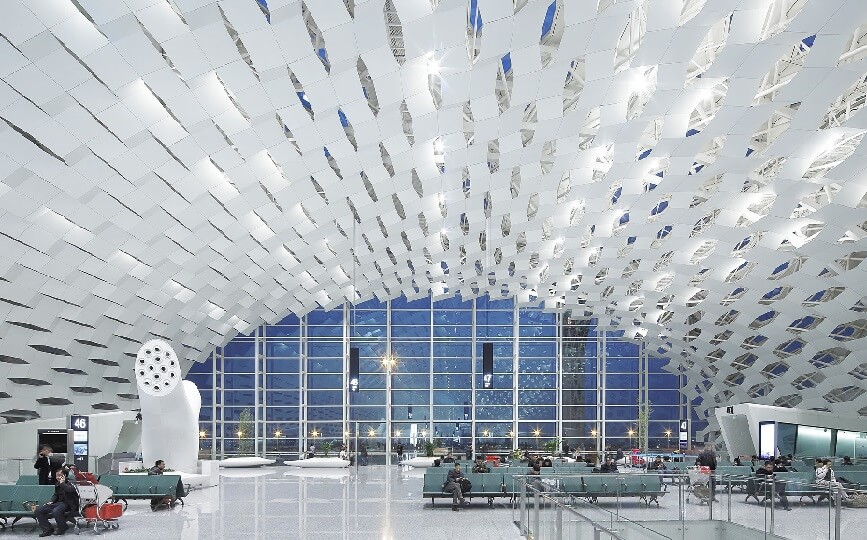
Shenzhen Baoan International Airport Data
- Country
- China
- Region
- East Asia
- Status
- In use
- Official name
- 深圳宝安国际机场
- Other name
- Bao’an Airport, Shenzhen Airport, 深圳黄田国际机场
- Location
- Baoan District, Shenzhen City, Guangdong Province, China
- Official website
- szairport.com
- Operator
- Shenzhen Airport Company Ltd.
- Began
- May-20, 1989
- Construction end
- Dec-28, 1990
- Opened
- Oct-12, 1991
- Airfield area class
- 4F
- Airport type
- Public
- Airport code
- IATA: SZXICAO: ZGSZ
- Airport area
- 5931 acres / 24 km²
- Main terminal area
- 111 acres / 450000 m²
- Runway length
- 1*3,400 m, 1*3,800 m, 1*3048 m, 1*4423 m
- Passenger traffic
- 49.3 million(2019)
- Freight volume
- 1,218,502 tons (2019)
- Takeoffs and landings
- 355,907 sorties
View Shenzhen Baoan International Airport on Google Satellite Map
Google satellite maps allow you to see building details more clearly, including natural landscapes such as mountains, rivers, deserts, sea and man-made engineering buildings.
If you are very interested in this engineering building, it is a good idea to click below Google Map icon. We will help you jump to the corresponding location of this building or engineering on Google satellite map.
View Shenzhen Baoan International Airport on 720yun
720yun is a panoramic image service provider, where you can see the panoramic image of the Engineering Building, let you know more about the Engineering Building.






























































